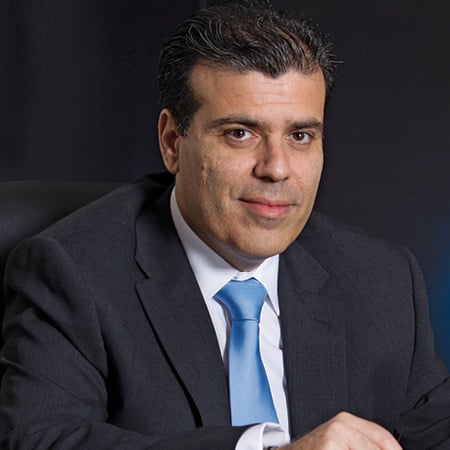When Frederick Azzopardi became the Executive Chairman at Malta’s electricity provider, Enemalta, he faced a rather daunting task. For too long, the business had been relying on government subsidies and was unable to turn a profit. Complicating this was the need to reduce tariffs, which would stimulate the business, but also reduce its income. Other companies may have just closed down at that point, but at Enemalta they decided to turn it around.
The CEO Magazine: How did you manage to change the mindset of the team in order for them to embrace change and return the company to profit?
Frederick: When I joined Enemalta in January 2014, it was about to commence a major transformation to streamline all operations, maximise use of resources, and ensure it achieves long-term financial and environmental sustainability within a few years. This was an ambitious project and I immediately made it clear to the management that while difficult decisions had to be taken, it was crucial that our team of employees be motivated to believe in the transformation.
Two-and-a-half years down the line, we have attained our interim targets and are well on our way to achieving our main target of long-term financial and environmental sustainability. As a company, our goal now is to register first profits a year earlier than the original 2017 target.
This would not have been possible had our employees not been on board along the way. Throughout the process, they experienced substantial changes — we redefined our priorities and established a new mindset focused on efficiency and customer centricity. In turn, this paradigm shift permeated all of our operations. We are doing more, we are doing better, but with less. However, we have made it clear that the conditions and salaries enjoyed by our employees were not on the chopping block. We made sure that our employees were aware of this policy from day one. Rather than slashing employee benefits, as often happens in a restructuring process, we opted for a different approach. We identified employees who were delivering, who were actively contributing to the achievement of our strategic objectives and rewarded them with career advancement opportunities. Even our top management posts were open to all employees. Some of our managers today earned their position by working hard during this transformation period. I believe that our employees understood that if they were committed to the company’s success, they stood to benefit as well.



